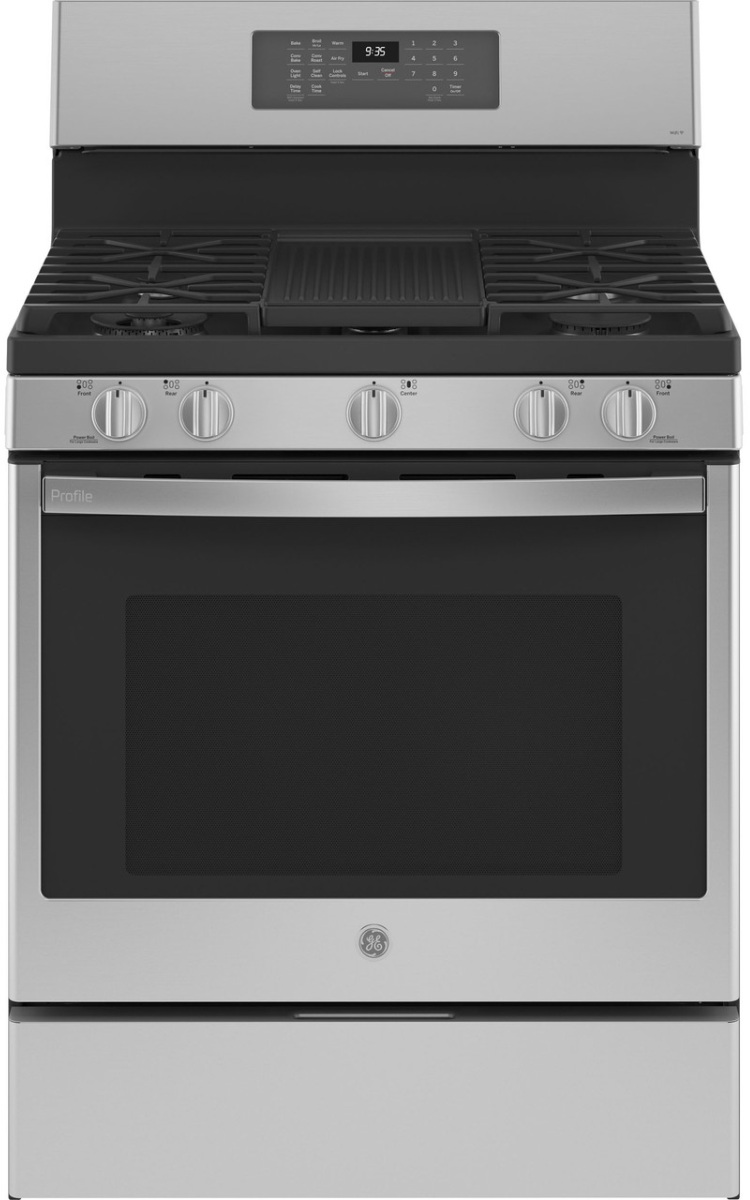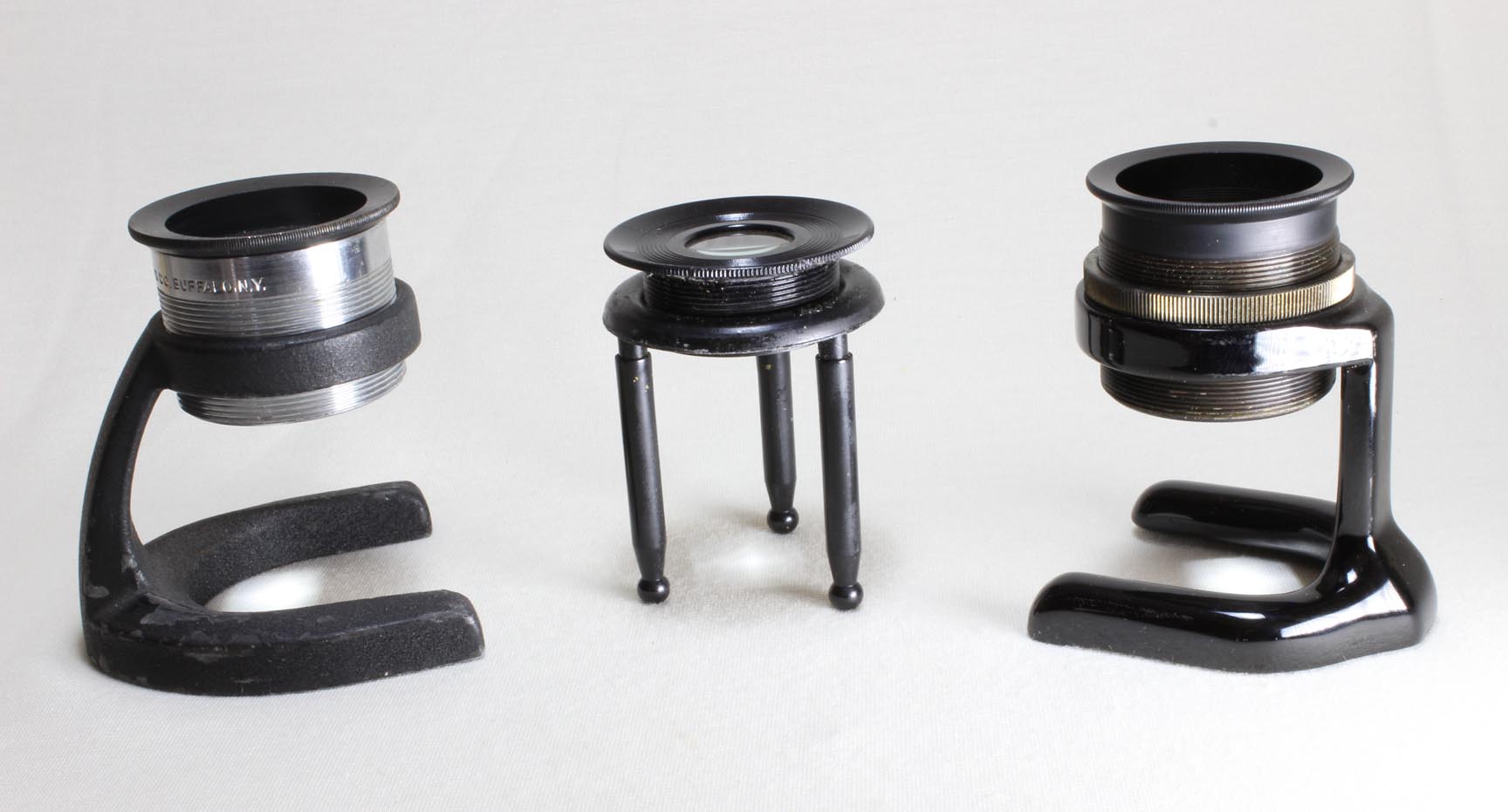

It's been labeled as the "gem of widows" meaning that if I was to own it I'd likely lose a husband or never get married at all. I have seen them sell synthetic Alexandrite, which I'm not interested in even if it were real because I know this stone is said to posess a very dark aura. I have watched many jewelry/gemstone home-shopping channels. I admit I am not a gemstone expert but I can in most cases tell by looking, what exactly I am looking at. Recent Images in Discussionsġst Feb 2008 04:06 UTC Fira Shay Hello everyone! Currier Digital LibraryOpen discussion area. Techniques for CollectorsOpen discussion area. Minerals and MuseumsOpen discussion area.

Mineralogical ClassificationOpen discussion area. Lost and Stolen SpecimensOpen discussion area. U+1F50E is a right-pointing version: 🔎.╳Discussions 💬 Home 🔎 Search 📅 Latest Groups EducationOpen discussion area.
Spencer fingerprint magnifier software#
The magnifying glass (, or U+1F50D in Unicode: 🔍) is commonly used as a symbolic representation for the ability to search or zoom, especially in computer software and websites. For more convenient use or for magnification beyond about 30×, one must instead use a microscope. Such magnifiers can reach up to about 30×, and at these magnifications the aperture of the magnifier becomes very small and it must be placed very close to both the object and the eye. High power magnifiers are sometimes mounted in a cylindrical or conical holder with no handle, often designed to be worn on the head this is called a loupe. Even better images can be obtained with a multiple-lens magnifier, such as a Hastings triplet. A Coddington magnifier provides higher magnification with improved image quality. When more magnification or a better image is required, other types of hand magnifier are typically used. At higher magnifications, the image quality of a simple magnifying glass becomes poor due to optical aberrations, particularly spherical aberration. Magnifying glasses typically have low magnifying power: 2×–6×, with the lower-power types being much more common. In actual use, an observer with "typical" eyes would obtain a magnifying power between 1 and 2, depending on where lens is held. Such a magnifier would be sold as a "2×" magnifier. The magnifying power in this case is roughly MP = (0.25 m)Φ.Ī typical magnifying glass might have a focal length of 25 cm, corresponding to an optical power of 4 dioptres. The eye can then be a larger distance away, and a good image can be obtained very easily the focus is not very sensitive to the eye's exact position. However, magnifiers are not always used as described above because it is more comfortable to put the magnifier close to the object (one focal length away). This is sometimes called the total power of the magnifier (again, not to be confused with optical power). It is typically denoted " m×", where m = MP 0. This value of the magnifying power is the one normally used to characterize magnifiers. The magnifying power obtained in this condition is MP 0 = (0.25 m)Φ + 1, where Φ is the optical power in dioptres, and the factor of 0.25 m represents the assumed near point (¼ m from the eye). The object will then typically also be close to the lens. The highest magnifying power is obtained by putting the lens very close to one eye, and moving the eye and the lens together to obtain the best focus. Magnifiers are typically characterized using a "standard" value of 0.25 m. In a young child, it can be as close as 5 cm, while, in an elderly person it may be as far as one or two metres. This point, known as the near point of accommodation, varies with age.

For the "without" case, it is typically assumed that the user would bring the object as close to one eye as possible without it becoming blurry.

The magnifying power is the ratio of the sizes of the images formed on the user's retina with and without the lens. The magnifying power is equivalent to angular magnification (this should not be confused with optical power, which is a different quantity). The magnification of a magnifying glass depends upon where it is placed between the user's eye and the object being viewed, and the total distance between them.


 0 kommentar(er)
0 kommentar(er)
